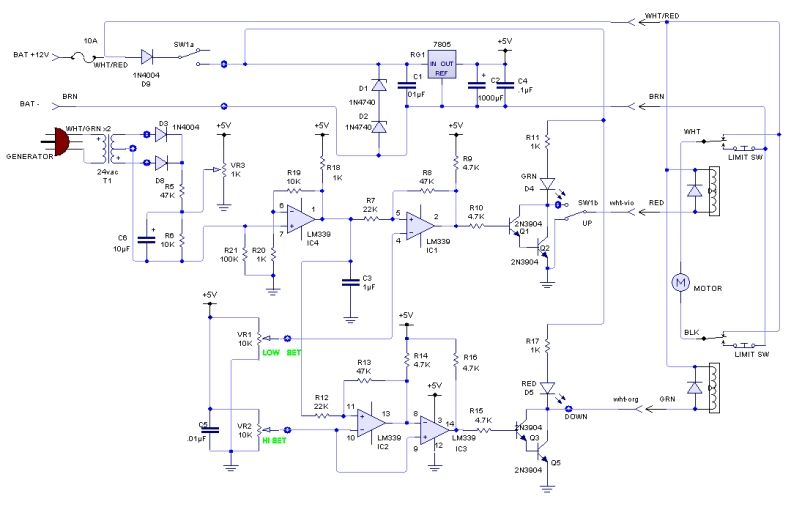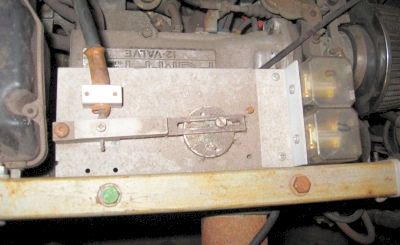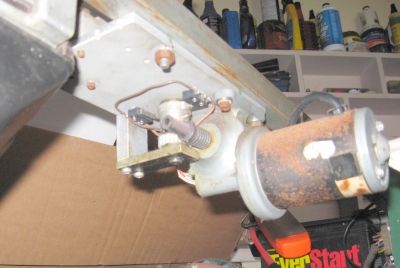Originally posted by ElectricMick
View Post
 In my case I just designed and built one, except I have it in a green box.
In my case I just designed and built one, except I have it in a green box. 






Comment